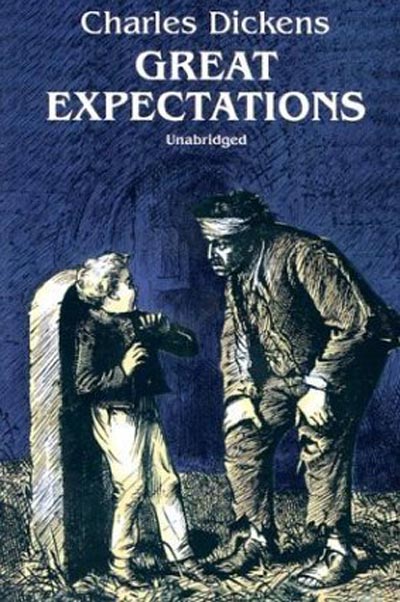
 What was the point of the lab?
What was the point of the lab?In the lab I was able to see a little bit about how the nerves on the ganglia respond to different objects such as a probe, feather and forceps. The feather was used for a gentle touch. Then the probe was for the feel of a blunt metal rod. And last the forceps gave two points of contact. The cell type that "responded" to no stimulus was R. The cell type T, R, and P responded to the Probe. The Feather also got a response to T and R but not P. Lastly, the forceps received a response from T, R, and N. When I drew all five cell types they looked different. They were able to show what was stimulated and all seemed to occur in different places. So because I was able to visually dissect a leech to see it's response to stimuli it lead to the visualization of a neurons form and structure. And also the Identification of the cell types.

 How is this applicable to people?
How is this applicable to people?Leeches have simple nervous systems and Humans have complex nervous systems. That being said, information discovered on the simple system will correspond to the complex system. The tests on leeches can be followed by understanding the brain of a human. Using the leeches we can locate a single portion of the nervous system to see what happens, or what is stimulated by the stimulus. And also help to know what stimulus's work best. I am a little unsure of what they would use this information for. But it does help to see what the stimulated neuron looks like.


http://tiffanysanatomyblog.wordpress.com/2013/01/14/intro-to-neurophysiology-and-leech-lab/
http://anatomykk.blogspot.com/2012/01/leech-neurophysiology-lab-write-up.html







